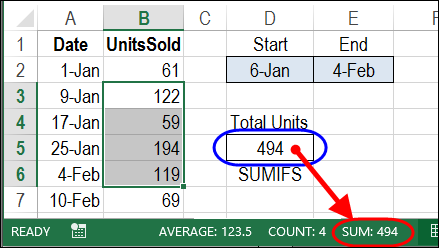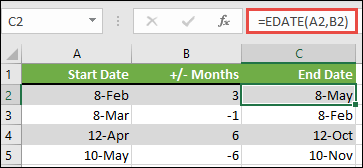
You could then use the following formula to determine the number of hours flown between those two dates:

Assume, for a moment, that you had a starting date in cell G1 and an ending date in cell G2. The SUMIFS function allows you to test multiple criteria in determining what is summed. You could also use the SUMIFS function to create a formula that may be equally as useful. In this case, the criteria is that the dates in column A must be greater than or equal to 183 days before today. The SUMIF function includes in its "summing" only those values that match some criteria that you specify. Or, you could simply change 183 to a cell reference (such as E1) and then put the desired number of days into that cell. You can, of course, change the 183 in the formula to 365 to get the hours for the past year. If, for instance, you wanted to determine the number of hours flown in the past 183 days, you could use the following formula:


There are all sorts of ways you could approach this problem, but there are actually a couple of simple formulas you could use to get the desired results. Forrest is continually adding rows to the flight log and he needs a way to calculate the number of hours flown over the last X days, where X could be 183 (6 months) or 365 (12 months). There can be multiple flights per day, so multiple rows per day. There are two primary columns: Column A is the date of the flight and column B is the number of hours flown for that particular flight. Forrest has an Excel worksheet in which he logs flight hours.


 0 kommentar(er)
0 kommentar(er)
